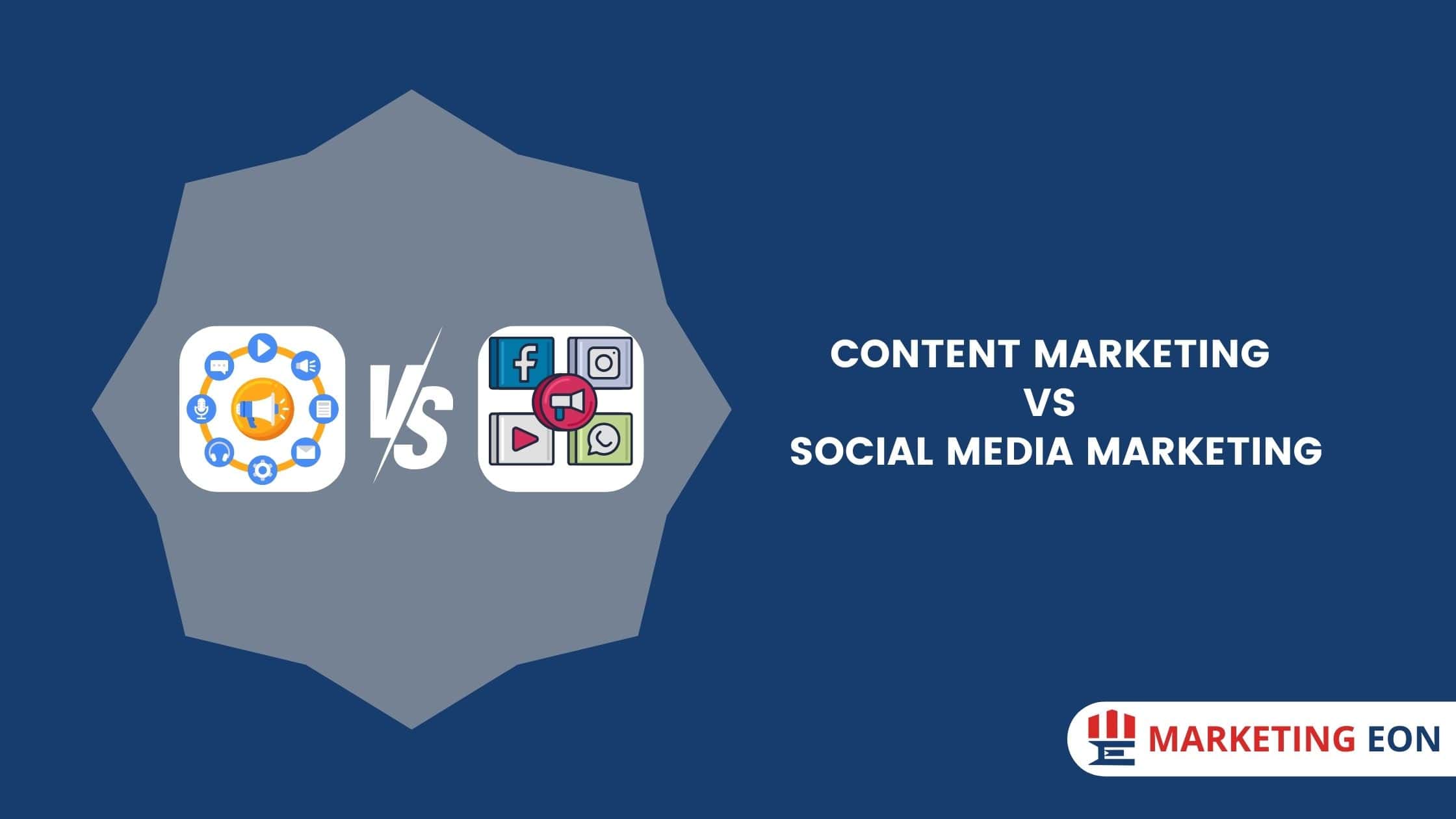Branding any product is important as it increases its credibility in the consumers’ minds. The branding of perfumes is no different from other products. Perfume branding is much more needed than other products.
Before we explore the branding of perfumes, we should remember that the usage of perfumes has been popular since ancient times. From the Egyptians to the Greeks and Romans, the use of fragrance was often associated with religious rituals, hygiene, and luxury. Fast forward to the modern era, and perfume has transformed into a multi-billion dollar industry, with branding playing a pivotal role in its success.
So, we assume that the demand for perfumes will remain steady and you can make a fortune if you can brand your perfumes properly.
Let’s Explore the Anatomy of Branding of Perfumes
1. Fragrance Identity
At the core of perfume branding is the fragrance itself. The scent is not just a blend of aromatic compounds; it is the brand’s essence. Perfume houses invest significant resources in developing a unique olfactory identity that differentiates them from competitors. Whether it’s a floral bouquet, a woody symphony, or a citrusy overture, the fragrance becomes the soul of the brand.
2. Aesthetic Packaging
The first encounter with a perfume is often visual. The packaging serves as a silent ambassador, communicating the brand’s ethos before the first spritz. The bottle design, colour palette, and overall aesthetic packaging are crucial in creating a lasting impression. From the iconic Chanel No. 5 bottle to the sleek minimalism of Jo Malone, packaging is an art form that extends the brand narrative.
3. Naming the Perfume
A perfume’s name is more than a label; it is a narrative encapsulated in a few words. Whether evoking emotion, nostalgia, or aspiration, the name shapes the consumer’s perception. Think of “Opium” by Yves Saint Laurent or “Black Orchid” by Tom Ford – these names transport us to a world of mystery and allure, setting the stage for the olfactory journey.
4. Celebrity Endorsements
In the era of influencers and brand ambassadors, celebrity endorsements have become a powerful tool in perfume branding. From classic examples like Marilyn Monroe and Chanel to modern collaborations with pop stars and actors, the association with a celebrity adds a layer of glamour and relatability, influencing consumer choices.
5. The Storytelling Aspect
Every perfume has a story, and the art lies in how that story is told. The narrative could be rooted in the brand’s heritage, the inspiration behind the fragrance, or a fantastical tale that captures the consumer’s imagination. The storytelling aspect creates an emotional connection, turning a mere product into a symbol of personal expression.
Branding of Perfumes: How to Market

1. Market Positioning
Understanding the market is essential for successful branding. Perfume houses strategically position their products to cater to specific demographics. From niche, exclusive fragrances with limited distribution to mass-market scents available in department stores, the brand’s positioning defines its reach and exclusivity.
2. Target Audience
Identifying and understanding the target audience is fundamental to effective branding. Different demographics have distinct preferences and successful perfume brands tailor their marketing strategies accordingly. Whether targeting millennials with trendy, eco-conscious scents or appealing to the classic tastes of an older demographic, knowing the audience is key.
3. Innovation and Trends
The perfume industry, like any other, is subject to trends and innovations. Successful brands not only keep up with these changes but also strive to set new trends. Whether experimenting with sustainable ingredients, adopting new extraction techniques, or embracing AI in fragrance creation, innovation keeps the brand dynamic and relevant.
4. Marketing Channels
In the digital age, perfume branding extends far beyond the glossy pages of magazines. Social media, influencer marketing, and immersive online experiences have become integral to reaching a wider audience. From Instagram-worthy visuals to virtual reality fragrance experiences, brands leverage diverse channels to connect with consumers in the ever-evolving digital marketing landscape.
5. Sustainability
With growing environmental consciousness, sustainability has become a buzzword in the perfume industry. Brands increasingly focus on eco-friendly packaging, cruelty-free practices, and transparent sourcing of ingredients. Sustainability is not just a trend; it is a commitment that resonates with a socially conscious consumer base.
Conclusion
In the realm of branding of perfumes, where art and science converge, each bottle is a canvas, and every fragrance is a symphony. From the subtle notes that dance on the skin to the visual poetry of the packaging, perfume is an expression of identity, style, and emotion. As the industry continues to evolve, navigating the delicate balance between tradition and innovation, global appeal and cultural sensitivity, will be the hallmark of successful perfume branding. In this scented tapestry, brands craft not just fragrances but stories, inviting consumers to enter a world where every scent is a chapter waiting to be explored.
You may also read: Hyperlocal Social Media Marketing






